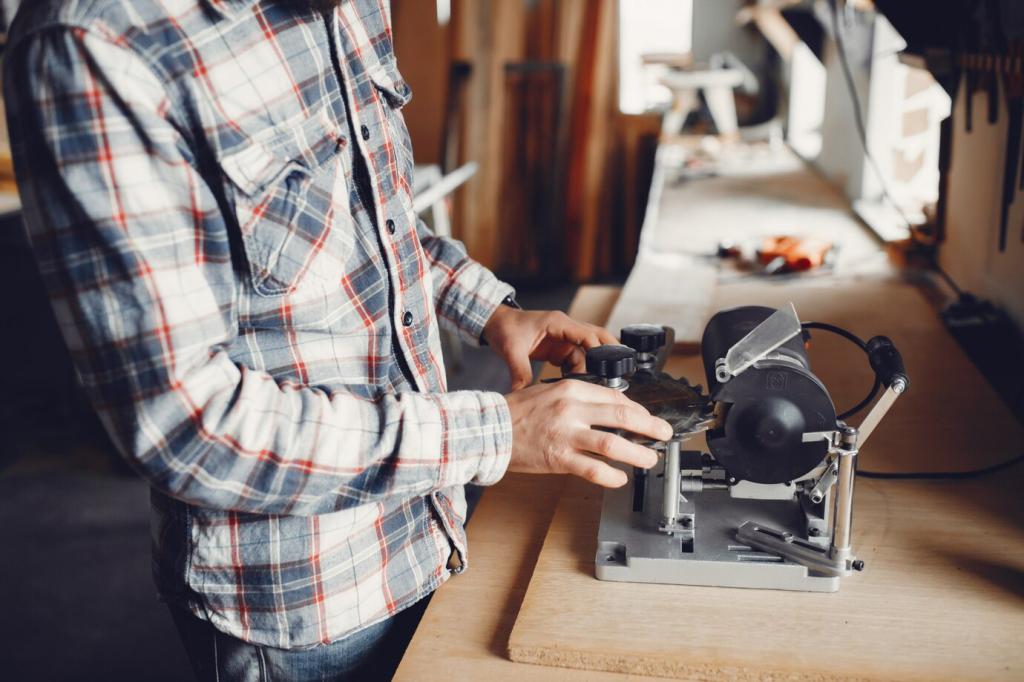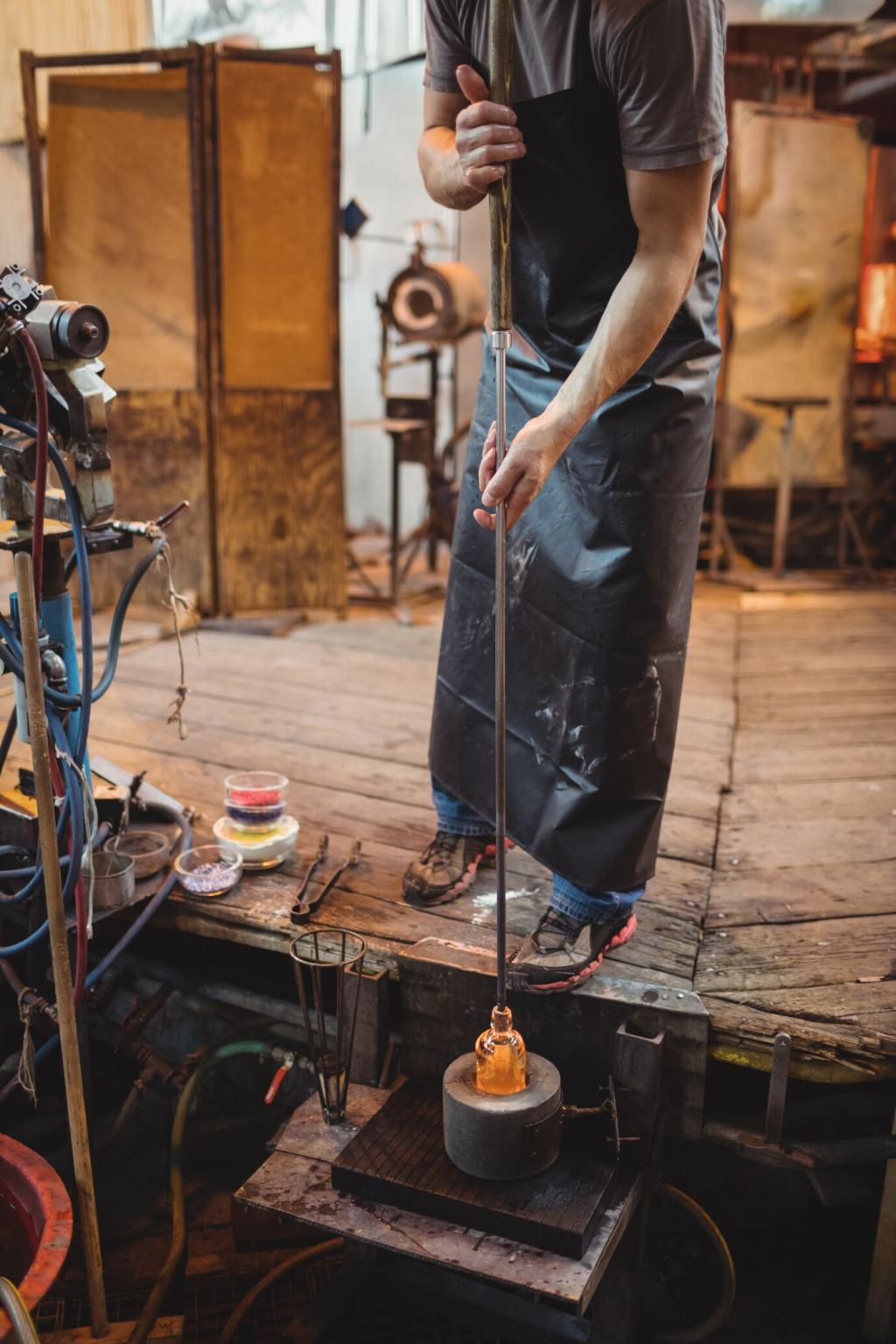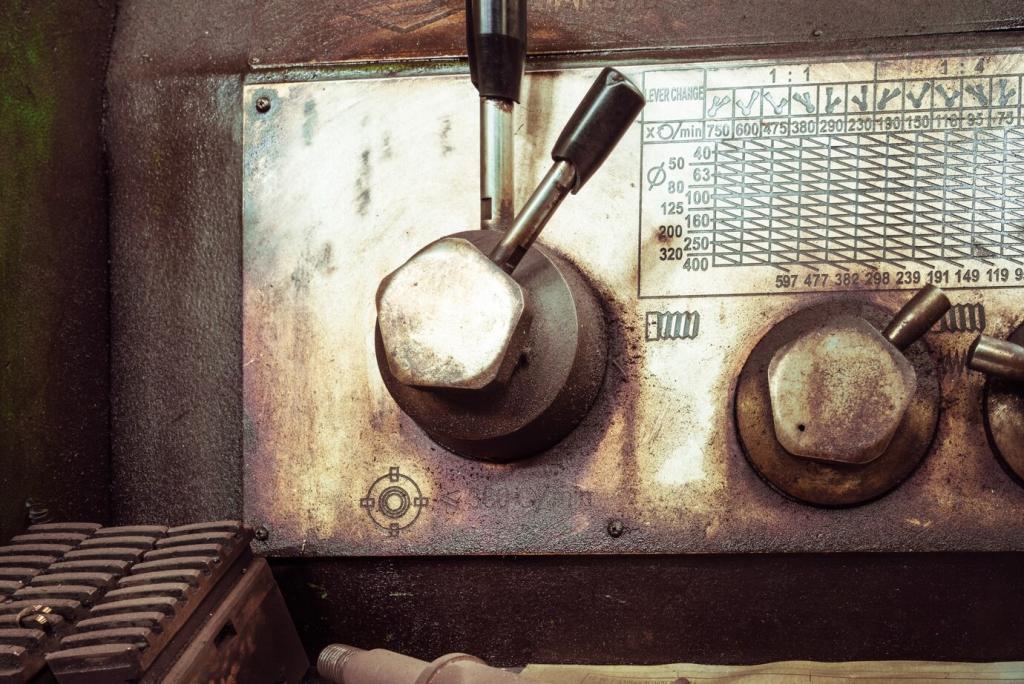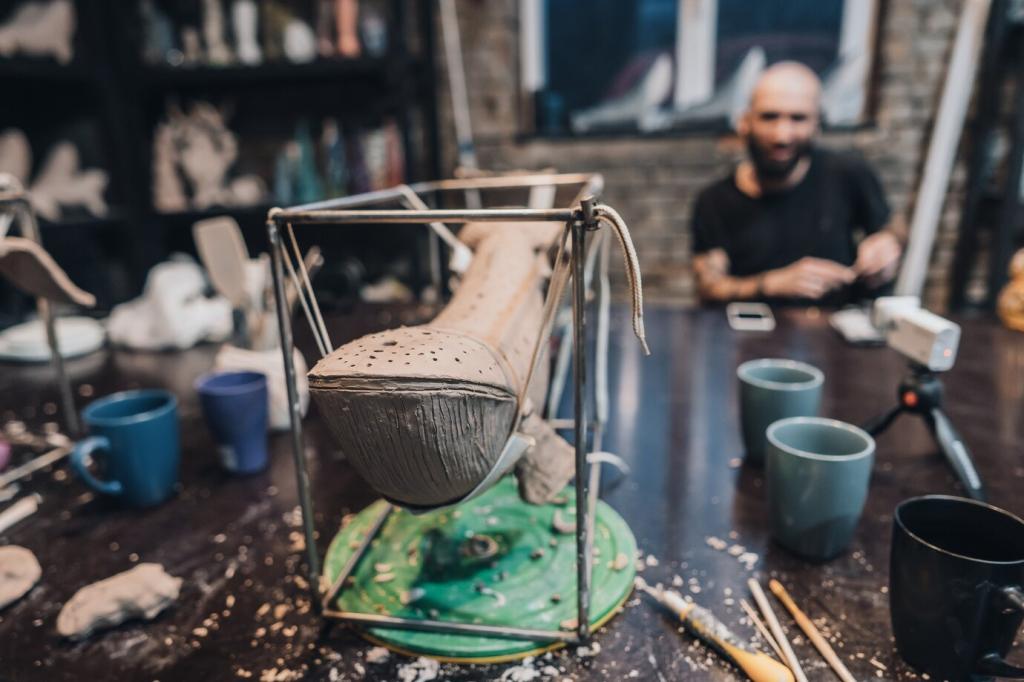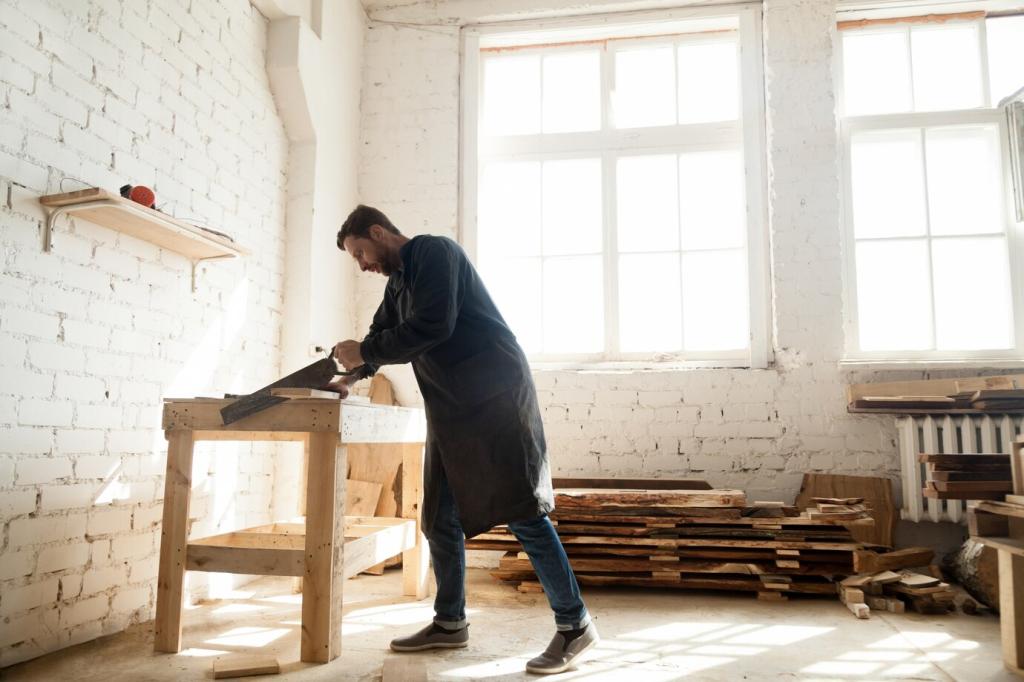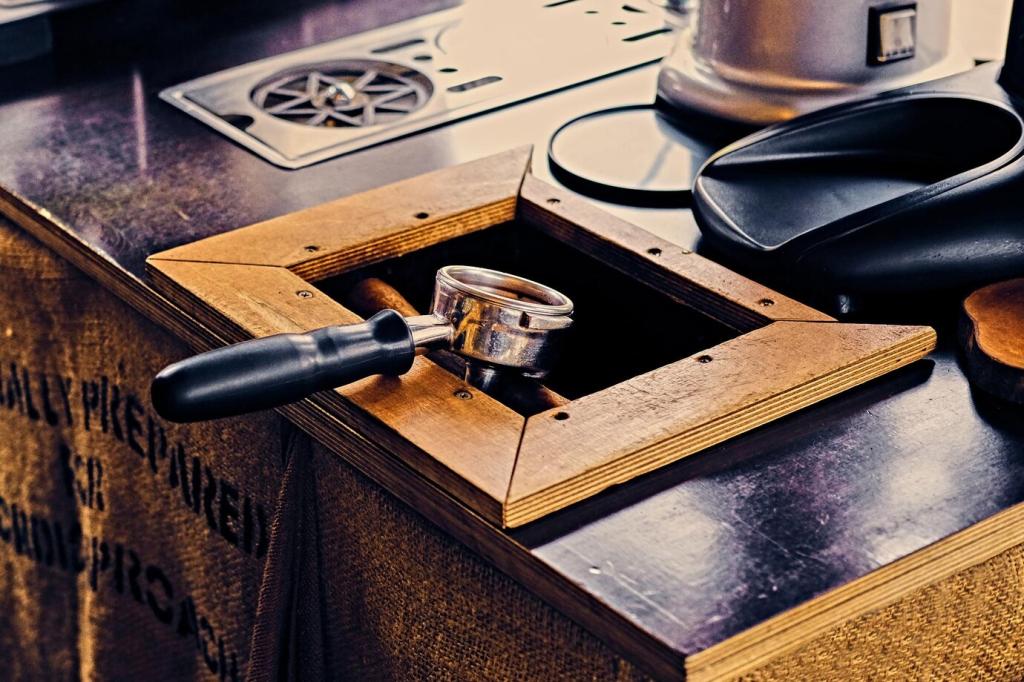Misidentifying Materials and Finishes
Rushing into sanding without checking for veneer is a classic mistake that thins edges, reveals substrate, and ruins profiles. Inspect end grain, look for repeating patterns, and feel for a slight lip at edges. Tap lightly—veneer often sounds different over voids. When in doubt, spot-scrape instead of powering through.
Misidentifying Materials and Finishes
Shellac dissolves in alcohol, lacquer softens with lacquer thinner, and cured varnish resists both. Skipping solvent tests risks adhesion failures or gummy layers. Dab a hidden spot, watch the reaction, and document the result. A few minutes of testing can prevent a weekend of scraping, stripping, and disappointed sighs.

